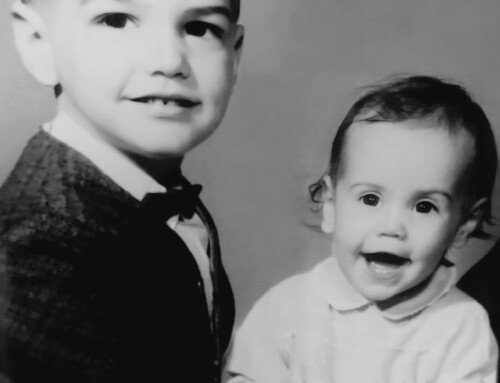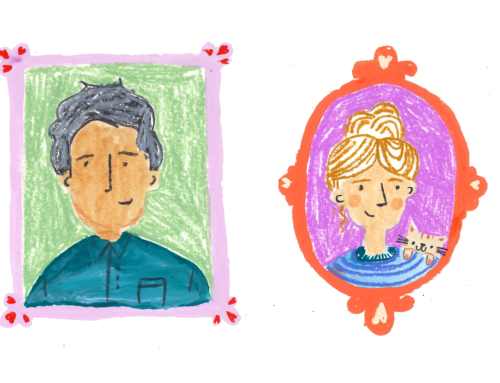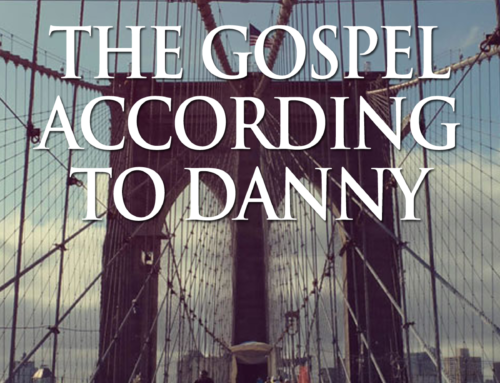Hey, I’ve got good news!
After years of working hard without seeing any results, I finally have some results to share–two results, actually.
First, I wrote a children’s book. Yes, I, David Hicks, the serious novelist of serious literary fiction—I wrote a children’s book, called The Magic Ticket, illustrated beautifully by Kateri Kramer, to be published by Fulcrum Press in July. (You can learn more and pre-order here)
But here’s the catch. I know when you hear “children’s book” you think cutesy or feel-goody. But this one is not.
It’s sad. Somewhat uplifting at the end, but still, sad.
In the words of my agent, “David, this is the saddest f*#@ing book I ever read. I can’t sell it.”
Or in the words of my dearly departed father, “Why does everything you write have to be so sad?”
Because life is sad! my younger self would have responded. But now, my older self would say . . .
Well, I guess I would say the same thing: Because life is sad!
And it’s okay. I’m comfortable with that. Life is also happy, too, of course, but in spurts, and hopefully in the long view, too. But much of life sure is sad. Even when it’s happy, that happiness is usually borne of sadness or loss. “Joy and woe are woven fine,” as William Blake wrote. Happiness is relative, in other words, related to–even interwoven with–any sadness or suffering that preceded it. It doesn’t just happen.
So yeah, I write sad stuff. Sorry, Pops.
Side note: I don’t know how we got to this point, but we really need to stop protecting our children from sad stories. When my wife Cynthia was young, she demanded that her mother read The Little Lame Squirrel’s First Thanksgiving to her, over and over, even though it made Cynthia cry, every time. She asked for it because it made her cry. And my son’s favorite film when he was young was about a snowman and a little boy who frolic together all night long (with the saddest damn musical score ever written), only to end with the jolly snowman melted in the morning sun. And my daughter seems to wallow in sad stories, all of them—as a Pisces, she lives for the opportunity to cry.
And they are the three most beautiful, joyful people I know.
The Magic Ticket is about a boy who loses his sister and is of course devastated. And confused, since his parents are too destroyed to explain what happened. Eventually, he finds sanctuary in reading, at first quietly in his room, then at school, then at the public library, retreating into a world of stories, a world of books, and in the end, he decides that when he grows up, he wants to write his own book, about his sister.
And yes, if you haven’t guessed by now, that little boy is me.
As a writer, professor, and MFA director, I give a workshop to writers of all ages about the basic structure of stories: “Once upon a time . . . . Then, one day . . .” (Once upon a time there was a person who lived in a place. Then, one day, something happened. Yep, it’s that simple.) And during one of those workshops, in Salida, Colorado, to preoccupy myself when the workshop participants were writing, I scribbled down my own version of it, the story of my life—the first thing that came to my head:
Once upon a time, there was a happy boy who lived in a happy house with his beautiful mom, his kindhearted dad, his big brother, and little sister.
Then, one day, his sister died.
It seemed a little too obvious. Too simple and too big at the same time. What, no ambiguity? Was this really the main story of my life? If so, why hadn’t I ever written it?
Then, on my last book tour, while at the Moravian Academy in Bethlehem teaching that same workshop to high-school students, as the students were writing, I returned to my story, about my sister’s death. Then again at workshops with adult writers at Writespace in Houston and The Writer’s Center in Bethesda; then with young children at the Richmond Young Writers Center; then to adults again at Charlotte Lit; then at Chicago’s Story Studio; and so on. And each time, I rewrote my story, thinking it would eventually become a novel; but it stubbornly insisted on remaining a children’s story.
I realized that for decades, I had been avoiding the most obvious Story of My Life. Sandra’s death had changed everything, at least temporarily—we had gone from a happy family to a deeply sad family all at once; and, believing I had been responsible for her death (I had been sick, and then my sister fell ill, so I assumed she had caught my illness and died from it), I retreated into solitude and silence, crying at the drop of a hat “for no reason” and reading like crazy (bound collections of Peanuts cartoons, at first, but then any book I could find (YA books, literary novels, even racy adult fiction) at the Harrison Public Library). I became absorbed in other people’s stories, read them all out loud to my dearly departed sister, then continued that absorption as an English professor, until finally, decades later, I had acquired enough confidence to believe I could write my own story.
But even then, I wrote around my story. Away from my story. The Big Story, that is. The event, you could say, that had turned me into a writer.
Until finally, while distractedly writing while my students were writing—that is, without really thinking too much about it—I had intuitively set down the skeleton of that Big Story. In a very small form.
Then, of course, came the revision process—really the learning process, because I had never written a children’s story—and I simply couldn’t have done it without children’s/middle-grade/YA author extraordinaire, Denise Vega; the superb editor at Fulcrum, Alison Auch; my sister Marisa; my illustrator/co-author Kateri Kramer; my friends Deann Rasch, Ted Downum, and Jim Seitz; and my wife Cynthia, the best editor I know. I was, and still am, way out of my league in this genre. But, as always, I’m enjoying the process, learning as I go.
So here I am, in a place I never thought I would be. I’m a children’s author! And the story—my story—is, yes, sad. But also beautiful.
Just like that little boy named David, so many years ago.
[To pre-order or learn more about The Magic Ticket, click here: And to follow David’s Magic Ticket Tour, with appearances at schools, children’s hospitals, and libraries, scroll down to sign up for his newsletter, or bookmark this page:]
![]()







When I saw the wagon on the cover, I knew this was your story. And I am totally onboard with children’s books that are sad. I am buying one for my grandson and one for myself.
Oh Laurie, you’re the best, thank you.